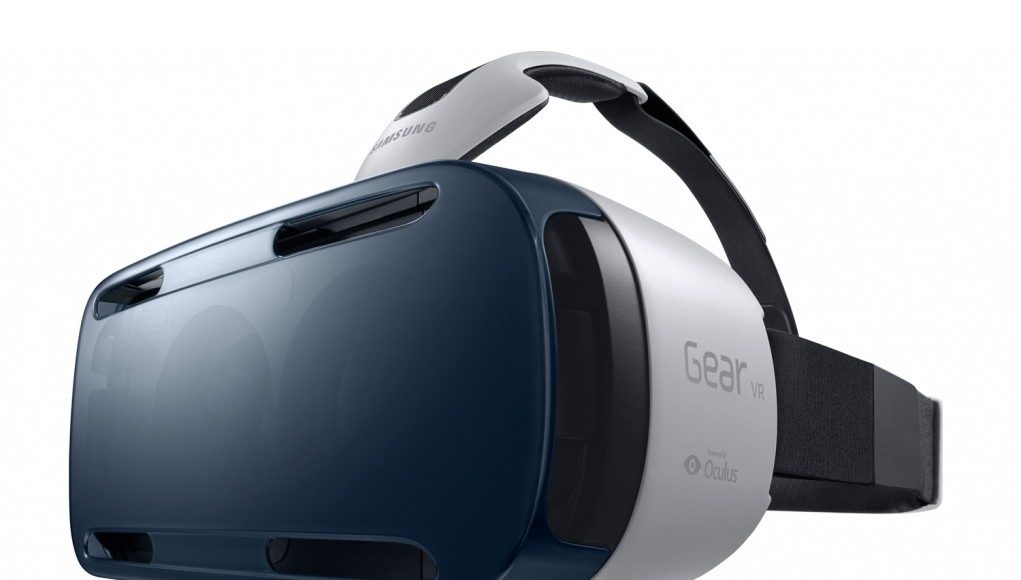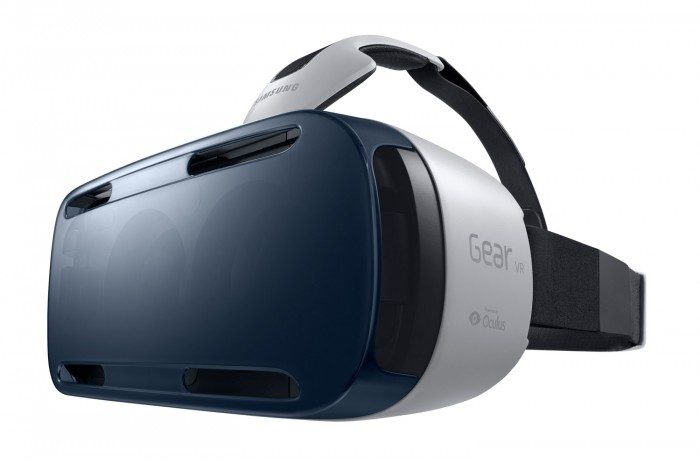Samsung is launching their Gear VR headset with the subhead ‘Innovator Edition’. We’ve got the full specifications, which include sub-20ms motion-to-photons latency.
Samsung Gear VR Specs:
|
Optical Lens |
96˚ Field of View |
|
Sensor |
Accelerator, Gyrometer, Magnetic, Proximity |
|
Motion to Photon Latency |
< 20ms |
|
Focal Adjustment |
Covers Nearsighted / Farsighted Eyes |
|
Interpupillary Distance Coverage |
55 ~ 71 mm |
|
Physical User Interface |
Touch Pad, Back Button, Volume Key |
|
Connection |
microUSB 1.1 connection to the Galaxy Note 4 |
|
Dimension (Headset) |
198(W) x 116(L) x 90(H)mm |
|
Contents |
Available through Oculus Store |
|
microSD Card(16GB) in-box: A collection of 360-degree videos and 3D movie trailers from major studios will be pre-loaded. |
Samsung calls Gear VR “the result of a deep and integrated partnership with Oculus.” With the help of Oculus, they’ve been able to achieve sub-20ms motion-to-photons latency on the Gear VR headset powered by the Galaxy Note 4.
Oculus confirms that the Samsung Galaxy Note 4 “uses variations of the Oculus Tracker” which updates faster and is more accurate that IMUs found in smartphones today. In addition to the IMU, Oculus says they worked hard on “firmware built into the headset for extremely accurate, ultra low-latency 3DOF tracking.
“As a result, we’ve been able to achieve sub-20 millisecond motion-to-photons latency, roughly equivalent to the most highly optimized experiences on DK2,” says the company.
Oculus CTO John Carmack, who has been leading Oculus’ work on mobile VR, stepped on stage during Samsung’s IFA Unpacked press presentation to talk a bit about Oculus’ role in the new headset. Among them he mentioned the following key pieces that allow Gear VR to hit sub-20ms latency:
- Allowing custom calibrated sensors to talk to a dedicated kernel driver
- Enabling real time scheduled multithreaded application processes at guaranteed clock rates
- Context prioritized GPU rendering, enabling asynchronous time warp
- Facilitating completely unbuffered display surfaces for minimal latency
- Supporting low-persistence display mode for improved comfort, visual stability, and reduced motion blur / judder








